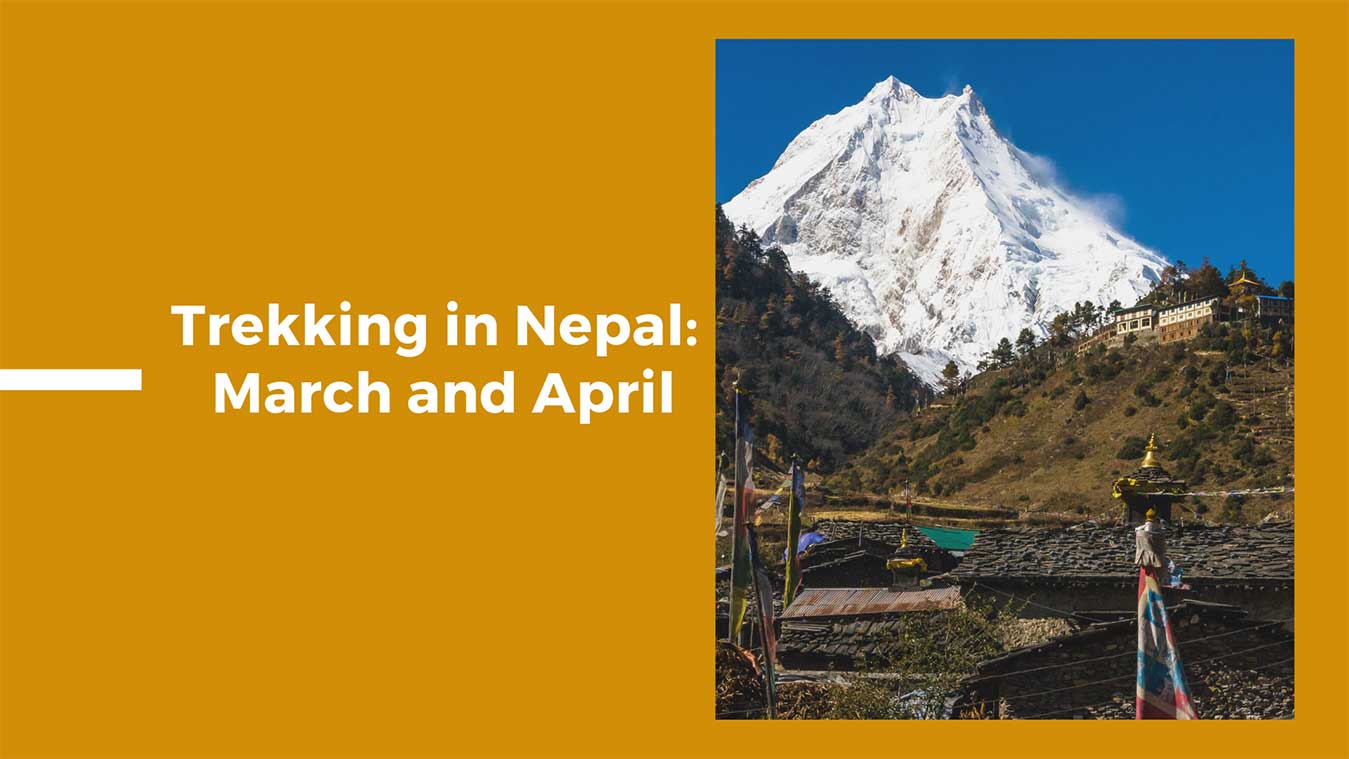
Spring has its own charm and beauty. It waters the dryness brought by winter and fills the milieu with happiness and joy. In most parts of the Himalayas, the rhododendron blooms in red and appears vibrant. Such a stunning outlook is capable of propelling any soul into natural vivacity. I would call that a heavenly glimpse.
Likewise, the weather during March and April is pretty interesting. The clear sky opens up the incredible views of the snow-clad Himalayan ranges in their full vitality. Days are usually sunny, transforming the icy cold temperature of winter into a warm and moderate one.
There is little rainfall with a minimal probability of occurring landslides and avalanches. So, trekkers huddle into the popular trekking trails during March and April with the gusto of a true adventurer.
Down here, I have noted down many of the fascinations (as possible) brought by March and April in different parts of Nepal, from Where can you go to what can you do tips.
Weather is an important factor to consider before kicking off any venture. Who knows what catastrophe will strike if you go trekking at a time when you shouldn’t have gone there?
Spring (March and April), however, doesn’t have any such disastrous possibilities; it is the magical time of the year because most of the adventures and fun can be done during this time. From the thrilling Bunjee Jumping to the expedition towards Everest Base Camp, all can be enjoyed at its fullest during spring.
The weather is mild in March and April, with a slightly chilly morning and evening. Days are usually warmer and sunny with no excessive heat. Although the temperature at the lower elevations is relatively summery (hot) than, the higher elevations, mountains do arrange a cozy setting during spring with bright red rhododendron all around.
|
|
March and April (Spring) |
|
|
|
Day Temp. |
Night Temp. |
|
Everest Region |
17 of - 25 oC |
-15 oC - 0 oC |
|
Annapurna Region |
15 oC - 25 oC |
7 oC - 8 oC |
|
Langtang Region |
18oC - 30 oC |
6 oC - 18 oC |
|
Kanchenjunga Region |
13 oC - 20 oC |
0 oC - 15 oC |
|
Dhaulagiri Region |
15 oC - 25 oC |
7 oC - 8 oC |
|
Mustang Region |
16 oC - 22 oC |
-6 oC - 2 oC |
|
Dolpo Region |
-3 oC - 4 oC |
-15 oC – (-5) oC |
|
Manaslu Region |
15 oC - 25 oC |
-10 oC - 0 oC |
|
Chitwan Region |
25 oC - 40 oC |
15 oC - 20 oC |
|
Gaurishankar Himal |
-1 oC - 5 oC |
-15 oC – (-5) oC |
Spring has been one of the busiest trekking seasons for a long time. Although during March, the inflow of tourists is considerable, during April, the trekkers and adventurers crowd the trekking trails (especially around the Everest region and Annapurna region), sometimes unexpectedly.
The seats may be easily packed; so, booking early is, probably, a wise decision. For solo travelers, getting a ticket is really not a big problem, but surely for group travelers, it is.
As this is the peak trekking season, costs might be a bit expensive than any other time of the year. To inquire in advance to your trekking agency (if) regarding tentative expenses for completing your trek, although it greatly depends upon how and where you spend your money.
Most of the festivals and customs followed in Nepal is based upon the lunar calendar; therefore, the dates in the Gregorian calendar may not fall on the same day as it did in the previous year. However, the date fluctuations are not very long. So, the festivals that usually fall between March and April can easily be predicted. Here are some of the popular ones:
[Note: you may as well join in these festivals]
Spring is the time of adventurer in Nepal. You have a chance to deeply enroll in soul-threatening activities such as Bungee Jumping or fly in the open air above the lush valleys through paragliding. Whether you want to go white-water Rafting or Kayaking, spring is always the best time.
Also, mountain biking, canyoning, and jungle safaris are other popular choices for adventures that can be done in the spring. Above all, trekking in the Himalayas is the most preferred one.
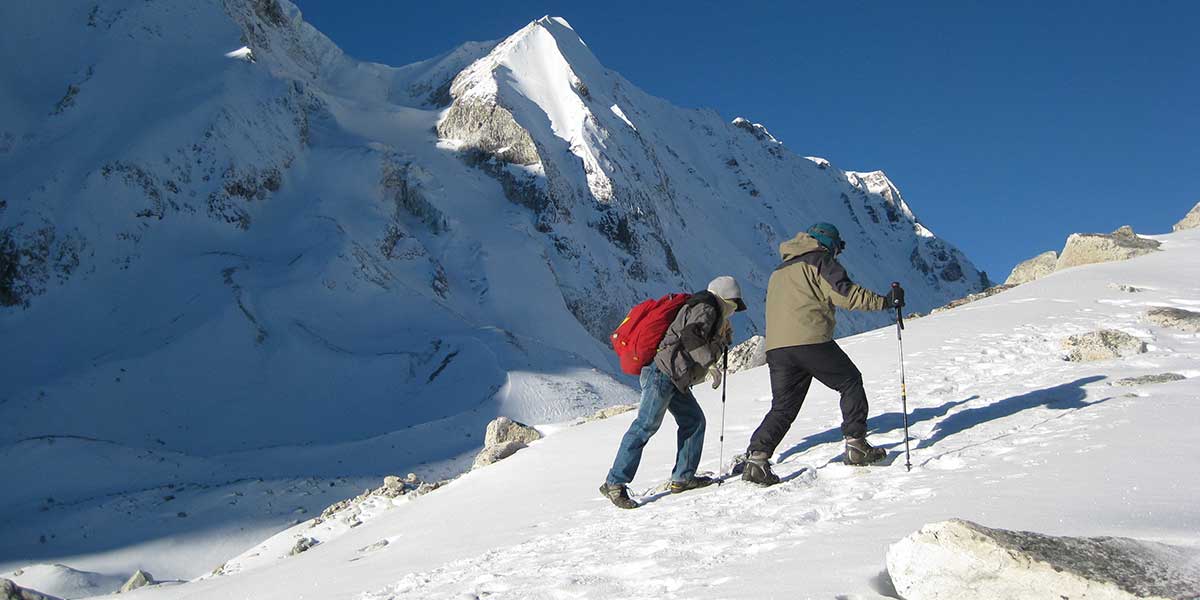
Trekking and Hiking are some of the popular activities that can be done in the northern Himalayas of the country. Most of the popular trekking packages lead you towards the base camp of the lofty mountains, which are mostly combined with the indigenous cultural experience.
However, these trekking trails become very difficult to attempt during some other seasons.
For instance, Summer blends with the Monsoon making the trail slippery and difficult to pass through. Also, there is a greater chance of landslides and avalanches. On the other hand, winter gets very much frosty.
Therefore, the only seasons left are autumn and spring. Among these, spring is more vibrant because of hundreds of flowering species including the rhododendron blooms, making the sceneries more attractive and baffling.
I have listed some of the popular trekking and hiking trails below. Make sure you check it.
[Note: If you can adjust yourself in the homestay, we can take you to the unexplored valleys, where people still rely on ancient ways of living. Feel free to reach us by email.]
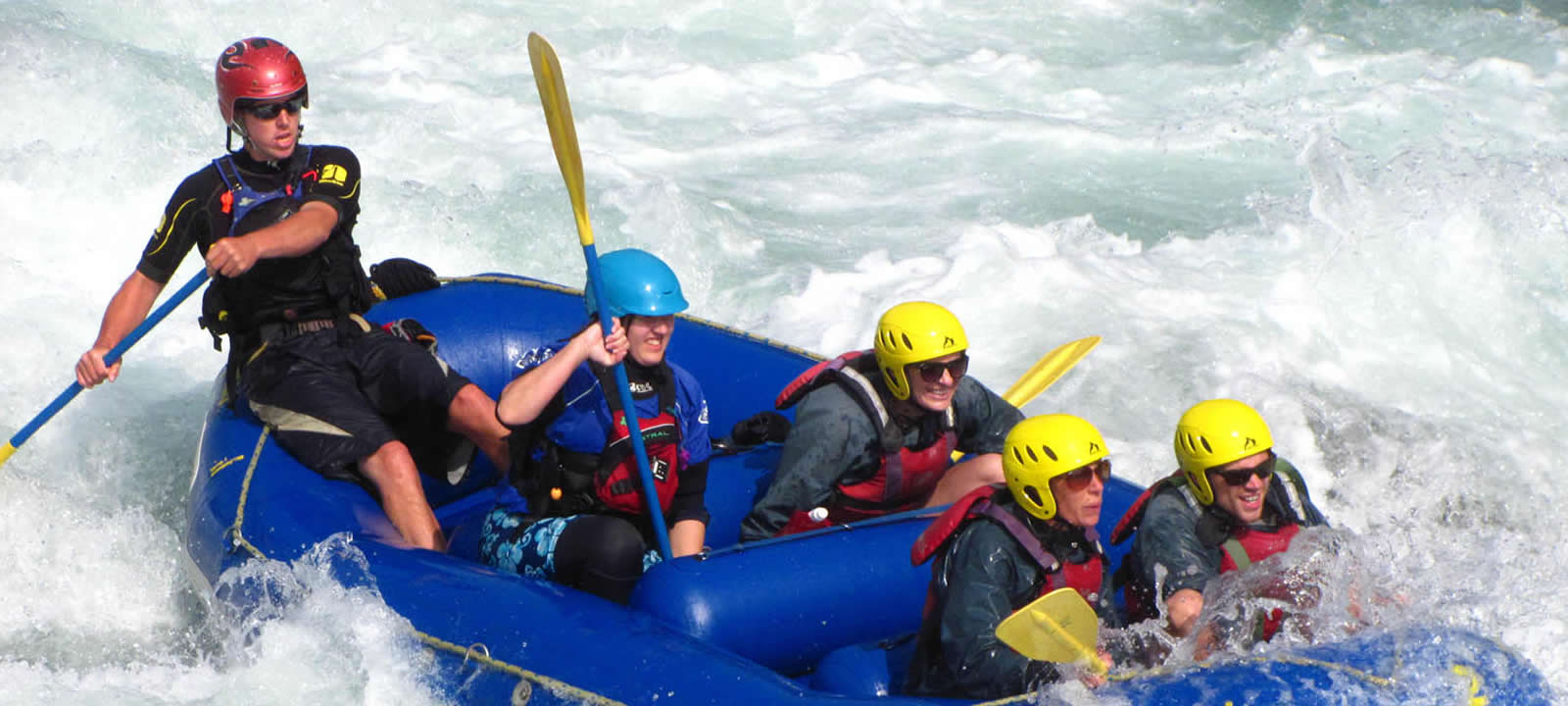
White-water Rafting in Spring is, indeed, a lifetime memorable experience. With over 6000 rivers and rivulets spreading throughout the country, Nepal boasts to be one of the ultimate destinations for river runners. Sunkoshi river, which is popular for rafting, has been listed in the top 10 best rivers in the world by National Geographic.
Some of the rivers famous for white-water-rafting are:
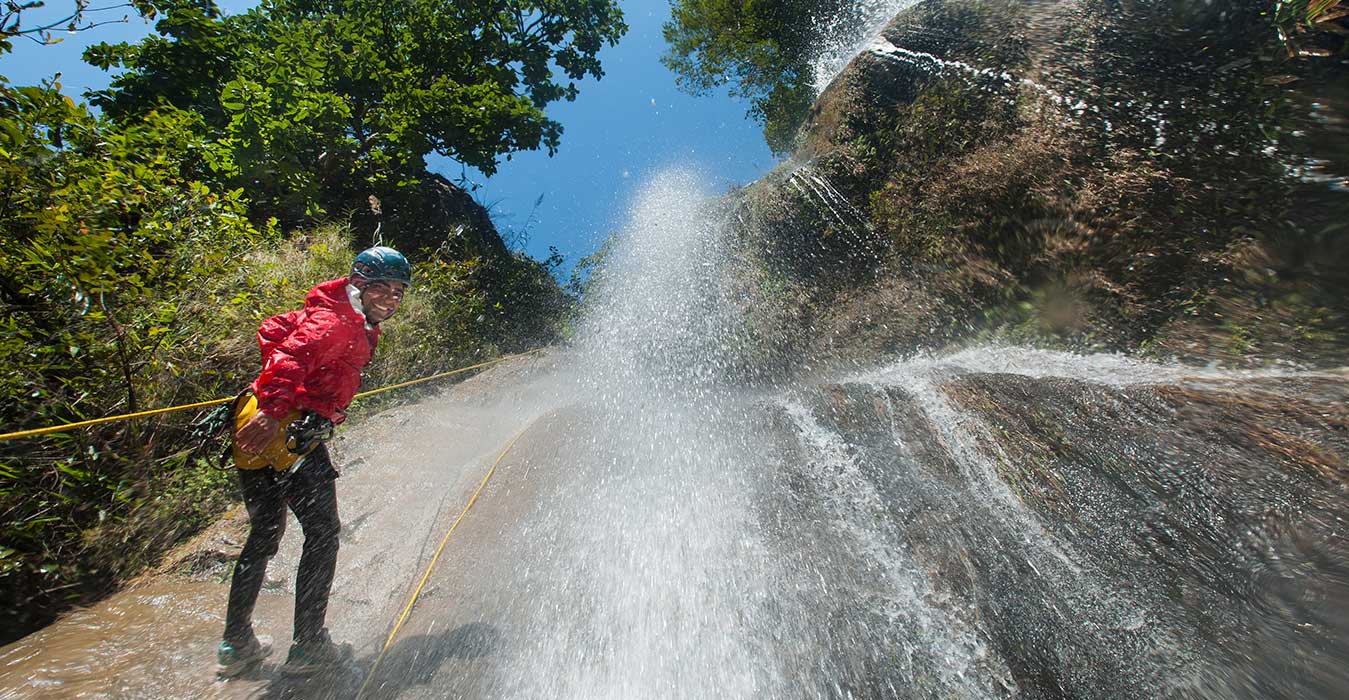
Canyoning in Nepal is another thrilling expedition, which is unique to the rest of the adventures. It involves climbing, jumping, and sliding down the waterfalls, which appears gushing down the high altitude.
This activity is physically demanding; but, is suitable for almost all age groups. 60s people, who are physically and mentally fit, can easily make this happen. While the waterfalls lie deep inside the forest, you get a chance to explore the jungles and eventually some wild animals if lucky. This is a perfect opportunity to battle with the strength of water.
Paddle Nepal is one of the best companies offering this activity at a reasonable cost.
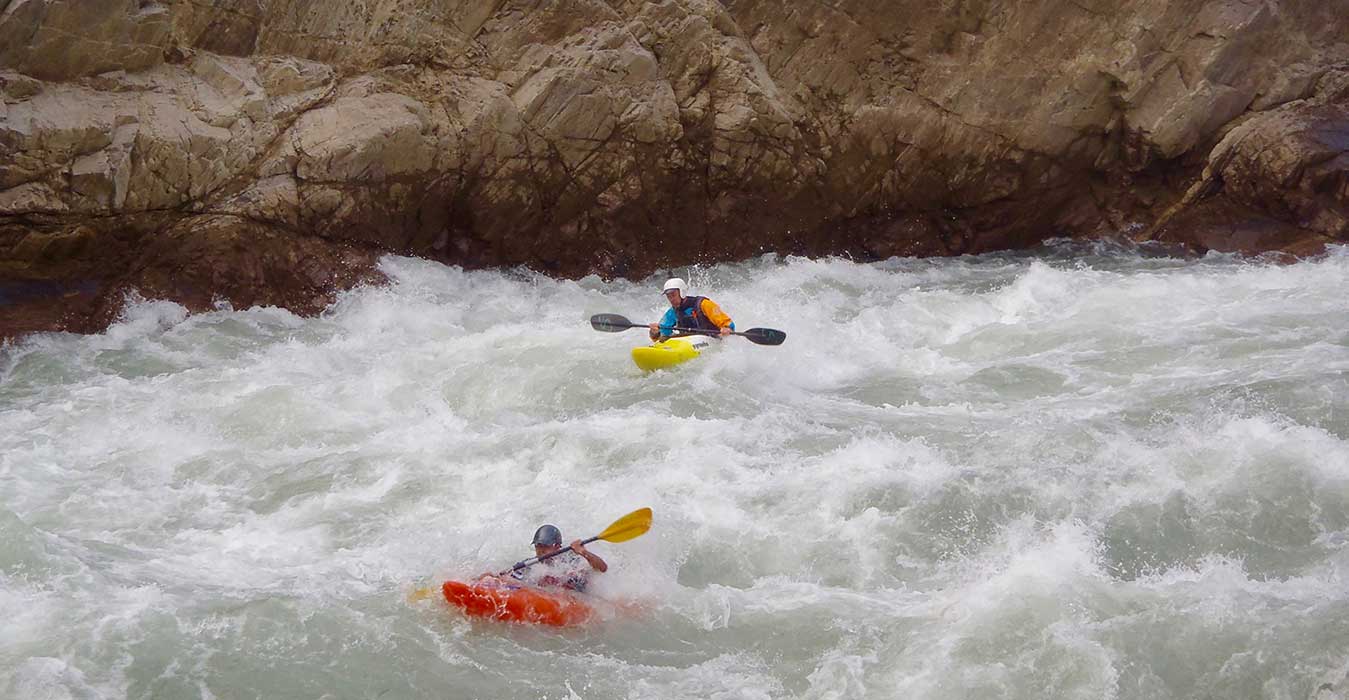
Unlike Canyoning, Kayaking has its own tingle. It is, indeed, one of the oldest ways of hunting, which is modernized into a sport. Thousand years ago, the so-called Eskimos used the ‘Kayak’ for hunting and fishing purposes.
Later, the same idea was developed by the Russian Explorers with multiple designs in the mid-1700s. In the early 1800s, few Europeans enjoyed this activity for sport while from the mid-1900s, Kayaking rose to be one of the popular activities among adventure-loving bees.
As this sport is performed in water and is very much similar to canoeing, Nepal has infinite possibilities to present this sport to you at its best.
Here are some of the popular river destinations for Kayaking in Nepal:
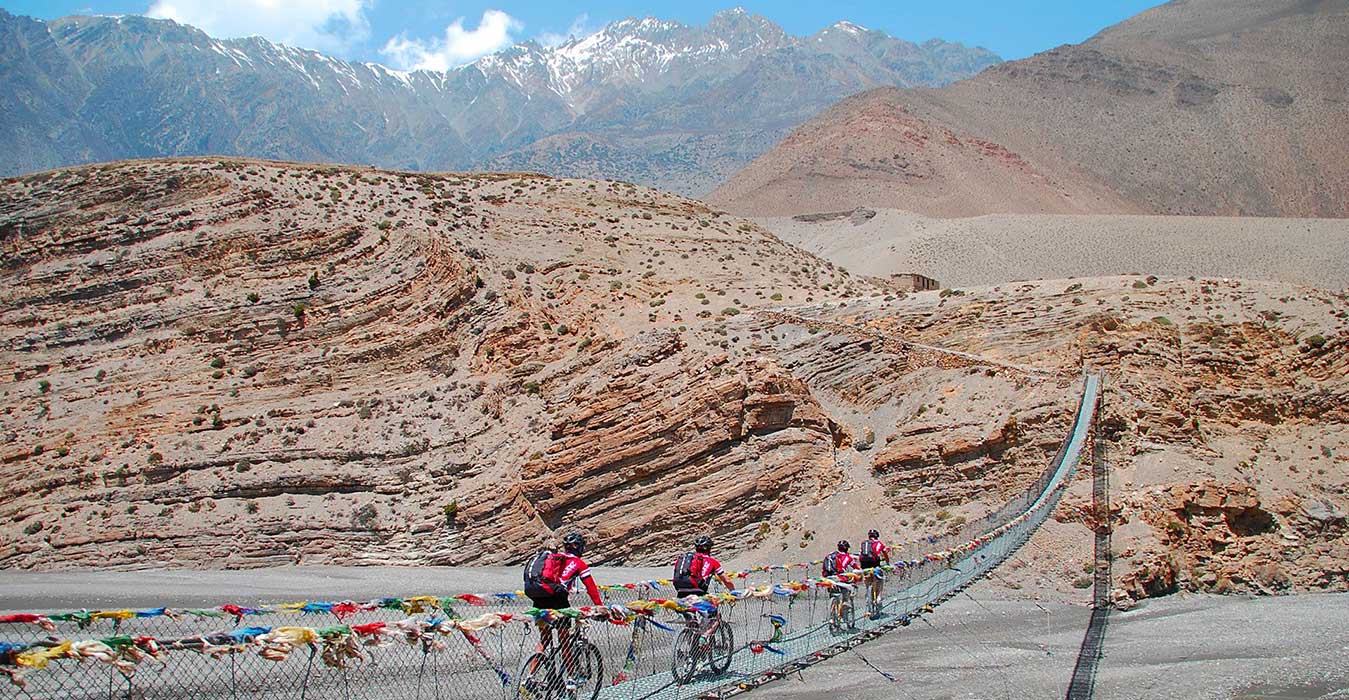
When I say Nepal, what is the first thing that pops into your head? Trekking. Isn’t it? Did you know that in this country of invincible mountains, mountain biking is possible?
Nepal is a living enigma. With hundreds of explorers kicking off to unravel the hidden secrets every day, the country is yet not fully discovered; nobody knows what lies behind that forest and who lives there?
Mountain Biking is one of the perfect ways to relish the charisma of nature. It takes you to every possible hidden alley that can be passed by a two-wheeler. Following the series of switchbacks, the more you scale up, the brighter and cooler the views come into sight. Sometimes sunrise, while other times sunset views keep you in awe. Never miss such an amazing opportunity.
Leave Your Comment